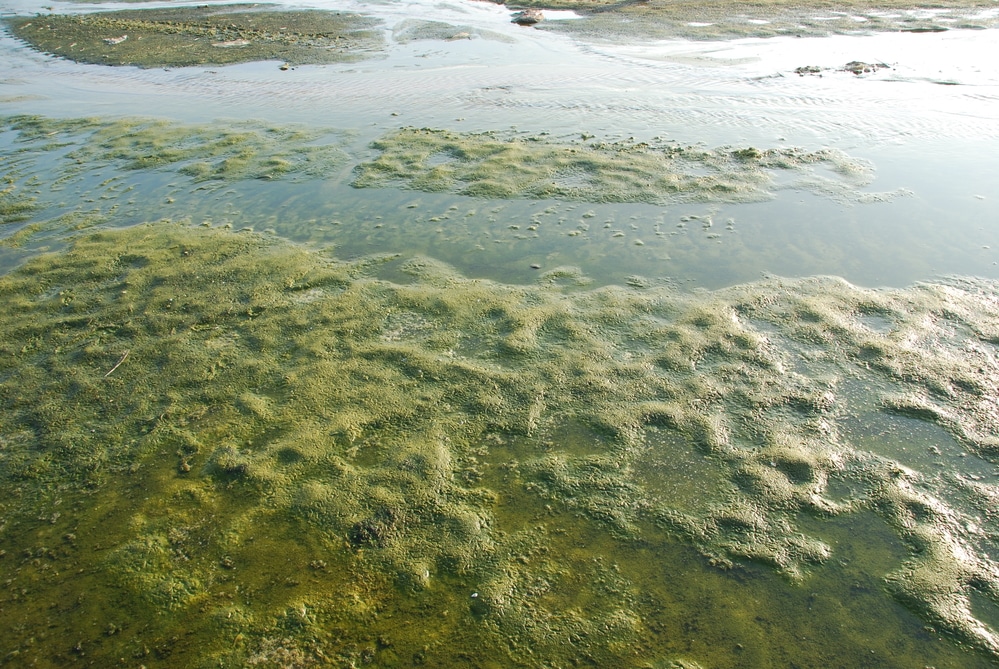When lake vegetation starts to take over, it’s time to schedule a cleanup. With powerful tools and expert knowledge, we clean out your lake until it’s clean and free of overgrown weeds.
During a lake cleanup, there are many different types of vegetation that we encounter and have to work with. While the tools we use are all built to treat and withstand lake vegetation, it’s crucial to be able to recognize the different types. Some species of vegetation are more challenging to remove than others, and some species are native to the area.
Find out more about our lake cleaning Orlando services
Types of Lake Vegetation
Invasive Species
Invasive species come in many forms, so it’s essential to know which ones are invasive and which are native. Invasive species make it difficult or impossible for native plant life and even some native wildlife to live in the lake and on the shores. They take all the nutrients from the water and kill native species.
Most invasive species spread very quickly and are hard to control even with herbicides. To get rid of them, you often have to have them removed from the roots and regularly cut down new growth before it gets out of control.
The most common invasive species in lakes include hydrilla, crested floating heart, and water lettuce.
Floating Plants
One of the most invasive species of plant are ones that float on the water’s surface and block sunlight from reaching the rest of the plant and wildlife.
Floating plants don’t have a root system. Instead, their roots dangle beneath leaves that sit on the water’s surface. They’re free to go wherever the water movement takes them and often spread out across a large portion of the lake. Using their submerged roots, they take nutrients out of the water before they can reach other plant life.
Common examples of floating plants include small duckweed, watermeal, and water hyacinth.
Submerged Plants
Other species do have a root system. These are submerged plants and can grow very thick, very fast. They mainly grow in shallow areas where water is 10 feet deep or less, though some species of submerged plants will grow in water depths up to 20 feet.
Submerged plants can grow so thick that they choke out other plants and even fish. The thickness of the plants can result in reduced water clarity and quality. As the plants grow and take over a lakebed, they can use up all the oxygen and reduce water flow, resulting in stagnant, smelling water.
Most frequently, we encounter sago pondweed and tape grass.
Emergent Plants
Emergent plants live above water but grow on the shoreline and on the edges of the moist waterbed. When they’re left uncontrolled, they can make it difficult or impossible for you to access the lake as they take up the shoreline. Some species of emergent plants may grow to be several feet tall and extend into the lake up to a water depth of 4 feet.
Most emergent plants are invasive species and make it hard for native wildlife to access the lake. This can lead to a disruption in the ecosystem and harm many small plants and animals.
We often encounter emergent plants such as cat tails, bulrushes, and maidencane.
Algae
Algae does count as a type of vegetation and we encounter it often. This slimy plant grows on top of the water surface and can quickly deplete a lake of oxygen and sunlight. While a little algae can be beneficial to a lake and help feed fish and other aquatic life, too much can be detrimental to the health of your lake and lead to a smelly, stagnant marshland instead of a beautiful lake or pond.
Conclusion
When it comes to cleaning out your lake, there are many different types of vegetation we encounter. Depending on where you live and the plant life surrounding you, you may have more of one type of vegetation than another. In any case, it’s vital that you schedule regular appointments with us to keep up on maintenance and prevent it from getting out of control, or your lake and local aquatic life will suffer.

